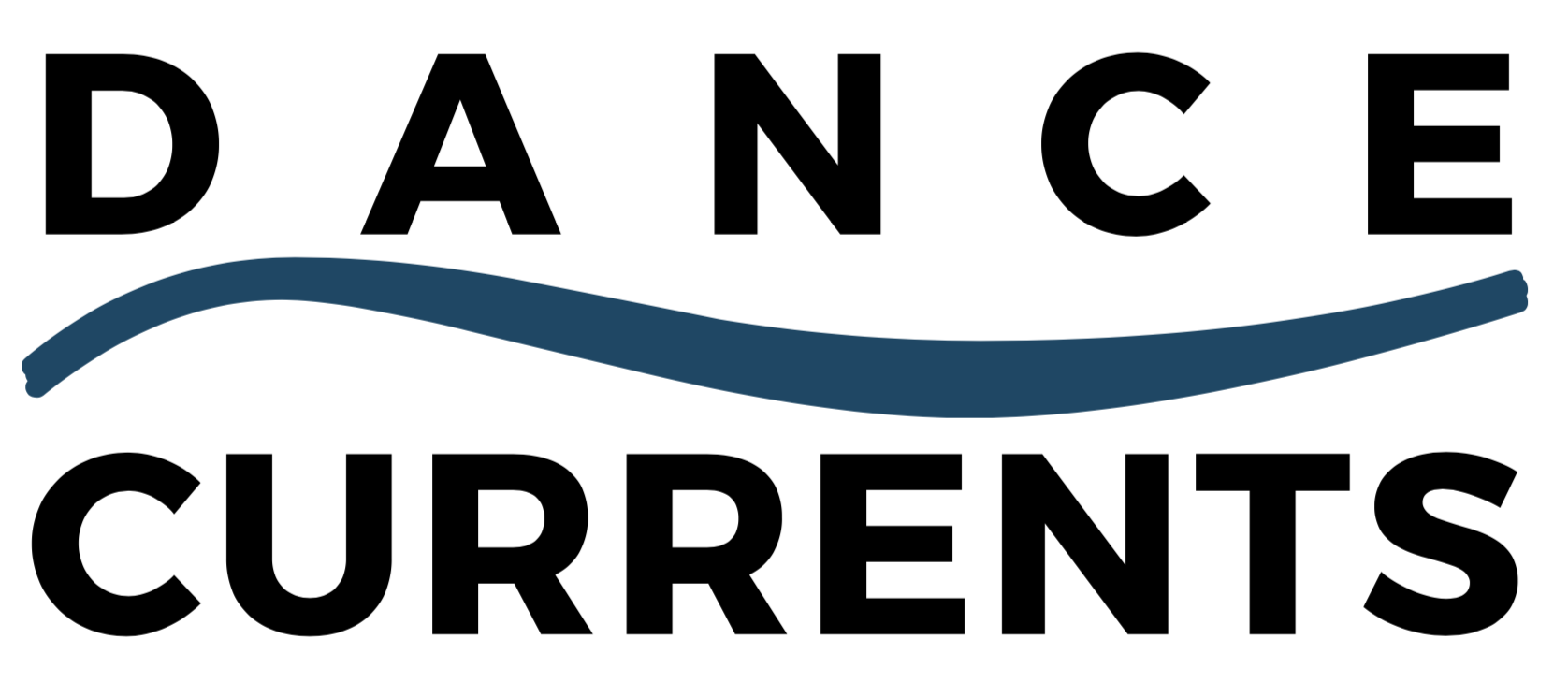 I came across a little slice of Pittsburgh Ballet Theatre history in Chautauqua, where the Dance Circle honored French ballerina and long-time Chautauqua teacher Violette Verdy and featured a new documentary about the former New York City Ballet principal dancer.
I came across a little slice of Pittsburgh Ballet Theatre history in Chautauqua, where the Dance Circle honored French ballerina and long-time Chautauqua teacher Violette Verdy and featured a new documentary about the former New York City Ballet principal dancer.
But more on the PBT connection later. For those unfamiliar with the considerable historic and personal charms of Verdy, one only has to check a few of nearly 15 million Google hits. Born as Nelly Guillerm in 1933 (which puts her in at around a robust 76), Verdy began with Les Ballets des Champs-Elysees and seemed to conquer the European continent before trying her hand at the United States. After one year with American Ballet Theatre, George Balanchine beckoned her to come to the New York City Ballet, where he created many roles for her including “Emeralds,” “La Source,” “Sonatine” and the champagne fizz of “Tchaikovsky Pas de Deux.”
Verdy directed Paris Opera Ballet and Boston Ballet for a time, but her heart lay in the classroom. She is currently a Distinguished Professor of Music (Ballet) at Indiana University and is in great demand as a guest teacher. This past June, the former ballerina was award the distinguished French Legion of Honour (Chevalier).
But those achievements seem to pale in comparison when meeting Verdy. At a recent performance of “Pas de Deux” by North Carolina Dance Theatre at Chautauqua, two of the dancers admirably performed “Tchaikovsky Pas de Deux”
and a documentary of her career and Chautauqua connections (nearly 20 summers there) was shown.
But when the silver-haired Verdy took the spotlight, she was uncommonly radiant, similar to her performances on stage. Oh yes, that brings up Pittsburgh. She performed “Swan Lake” with the wonderfully athletic American danseur Edward Villella during the early years of PBT at Heinz Hall.
You see, Verdy was instrumental in the explosion of American ballet in the early ’70’s. She performed with many regional ballet companies, lending her considerable star power and technique to their development.
But she went on to do more than that. As she explained it at a reception following the Chautauqua performance, “I was injured at the time and I asked Mr. Balanchine if I could help with auditions.” Those auditions would be connected with the Ford Foundation scholarships that brought some of America’s greatest talent to New York City Ballet’s School of American Ballet.
That meant traveling around the country, talking with local teachers and assessing students — perhaps even teaching a class. It all helped to raise technical standards and establish a definitive American style.
Merci, Violette.
(This is a coaching session with Paris Opera Ballet principal dancer Isabel Guerin in Jerome Robbins” “Dances at a Gathering,” part of a 2001 documentary, “Violette et Mr. B.” available on Amazon.com.)



Recent Comments